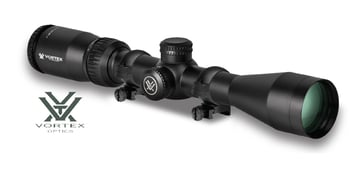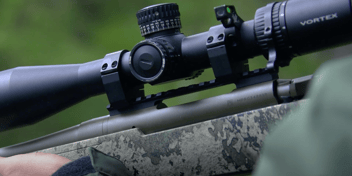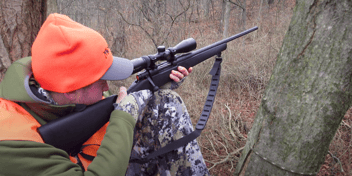The Nuts and Bolts of Rifle Scopes: How to Choose the Right Scope
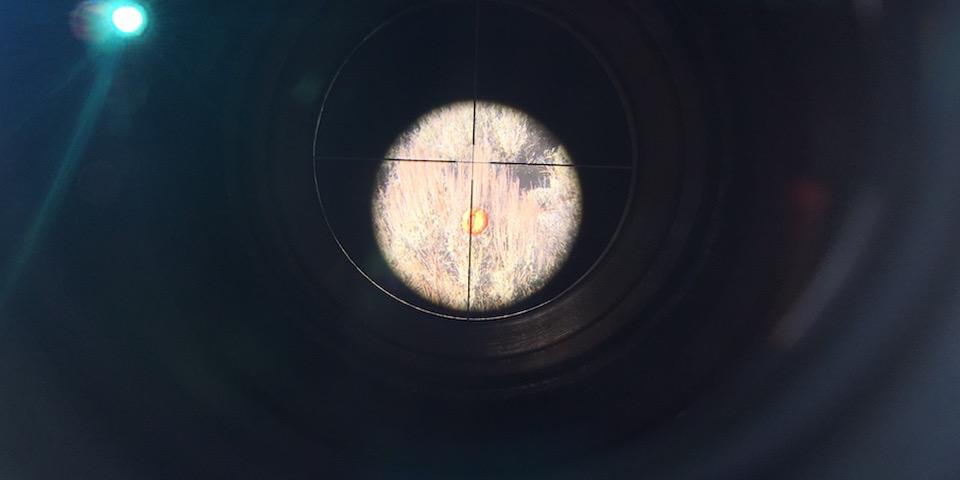
I was recently in the market to purchase a new scope for my rifle. After reading what seems like hundreds of reviews, I realized that there is a scope for everything under the sun. In addition, there are reviews for a said scope that both persuade and dissuade any decision to purchase. This wasn’t going to be as simple as I thought.
So now what?
Well, I decided to dig in and learn more about rifle scopes and how to make the best-informed decision possible. I mean, I understood the basics about rifle scopes and knew the manufacturers that I would most likely consider. But, I didn’t know the nuts and bolts of rifle scopes.
With that, the purpose of this particular blog is not to recommend any particular rifle scope, but rather to provide some very basic information about scopes so the reader may be better prepared to make a decision based upon their hunting style and budget. Here goes!
Budget
Before going any further, let’s face it: your budget is going to be your primary driver when looking into rifle scopes. The price range for scopes may run from $300 to something requiring a mortgage. If you are in the market for premium glass, you will be looking at scopes in the $2,000 and up range. That said, you can still get a quality scope at a much more reasonable price range. Knowing your budget upfront will help save a lot of time searching for a scope.
Usage
After the budget, the next most important factor in even starting to look for a scope is determining exactly how you will be using that rifle and scope. Consider the distances you are shooting and hunting. Consider overall weight. Consider the complexity you need for your scope. Have a solid idea when you begin the purchasing process.
Types of Rifle Scopes
While there are many types of scopes out there, there are essentially two categories for the most common scopes:
1. Variable Scopes
Variable scopes are more common. Variable scopes allow the user to adjust the magnification to meet their hunting needs. These scopes are best used in situations where the user may be shooting at varying distances.
2. Fixed Scopes
As the name suggests, the user cannot adjust the magnification. These scopes are perfect in situations where the user is typically using the rifle in the same environment every time.
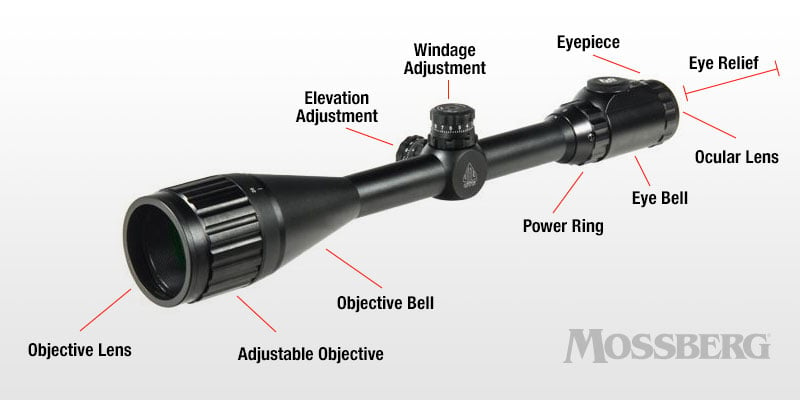
Magnification
My next stumbling block was figuring out the magnification numbers on the differing scopes. While I thought I understood what numbers such as 2x30 or 3-9x32 meant, it turns out I had no idea. Here is the down and dirty:
- The first number is the magnification level.
- The second number is the diameter of the front lens (Objective Lens Diameter).
- If there is a range in the first number, for example, 3-9- this scope is a variable scope that has magnification from 3 to 9.
- If there is only one number in the first value- it is a fixed scope and the magnification is set at that number.
- I admit it. I thought the best bet for rifle scopes was always to select a scope with maximum magnification.
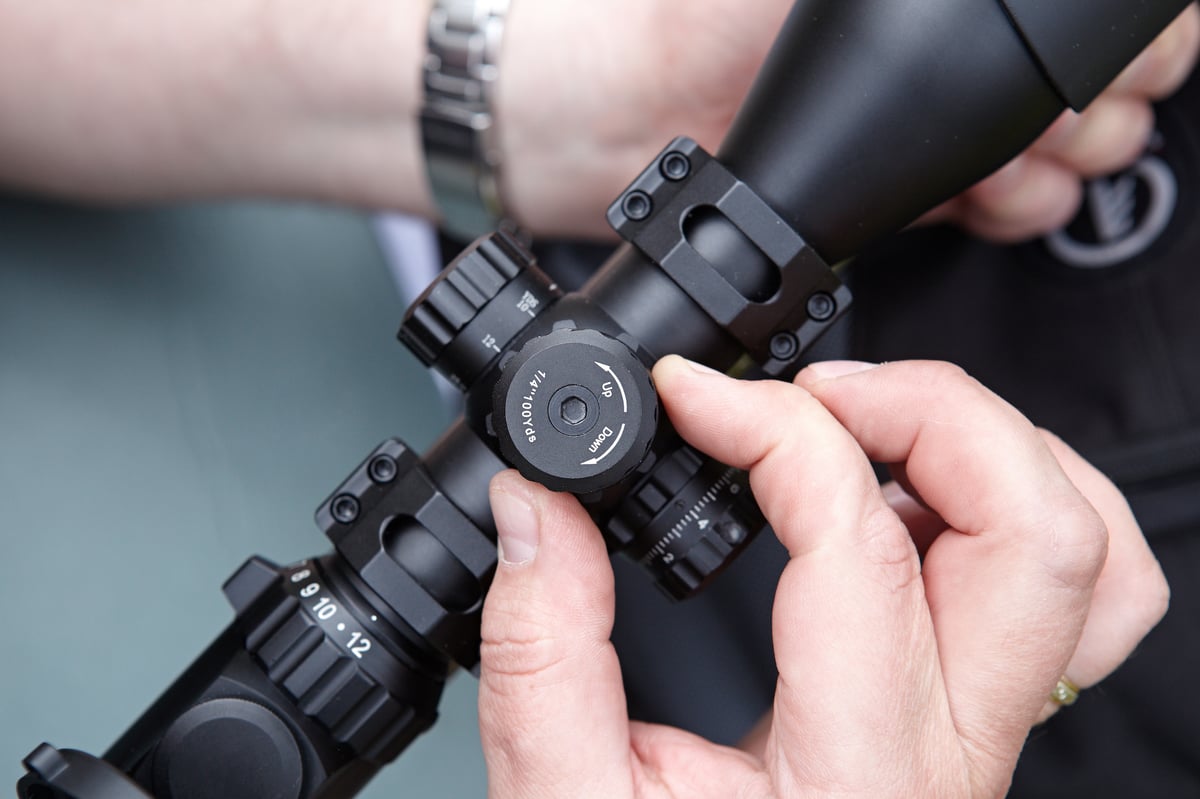
What I learned is that you can choose a magnification that matches the hunting style that best suits your needs. While there are many schools of thought on magnification, here is a very brief synopsis that made sense to me when I was looking to purchase a scope.
- 2x-4x Magnification Range is good for shooting a target within 150 yards.
- 4x-10x Magnification Range is good for big game up to 300 yards.
- 10x-25x for extreme range distances.
Objective Lens Diameter
The objective lens allows light into the scope and transmits light back to the ocular lens which is the lens closest to the eye. Essentially, the larger the front lens, the more light is allowed to enter the scope. Just be aware that the larger the lens diameter the heavier the scope.
Lens Coating
Look for scopes with an anti-reflection coating as you will get a far more enhanced brightness with coating as opposed to raw glass.
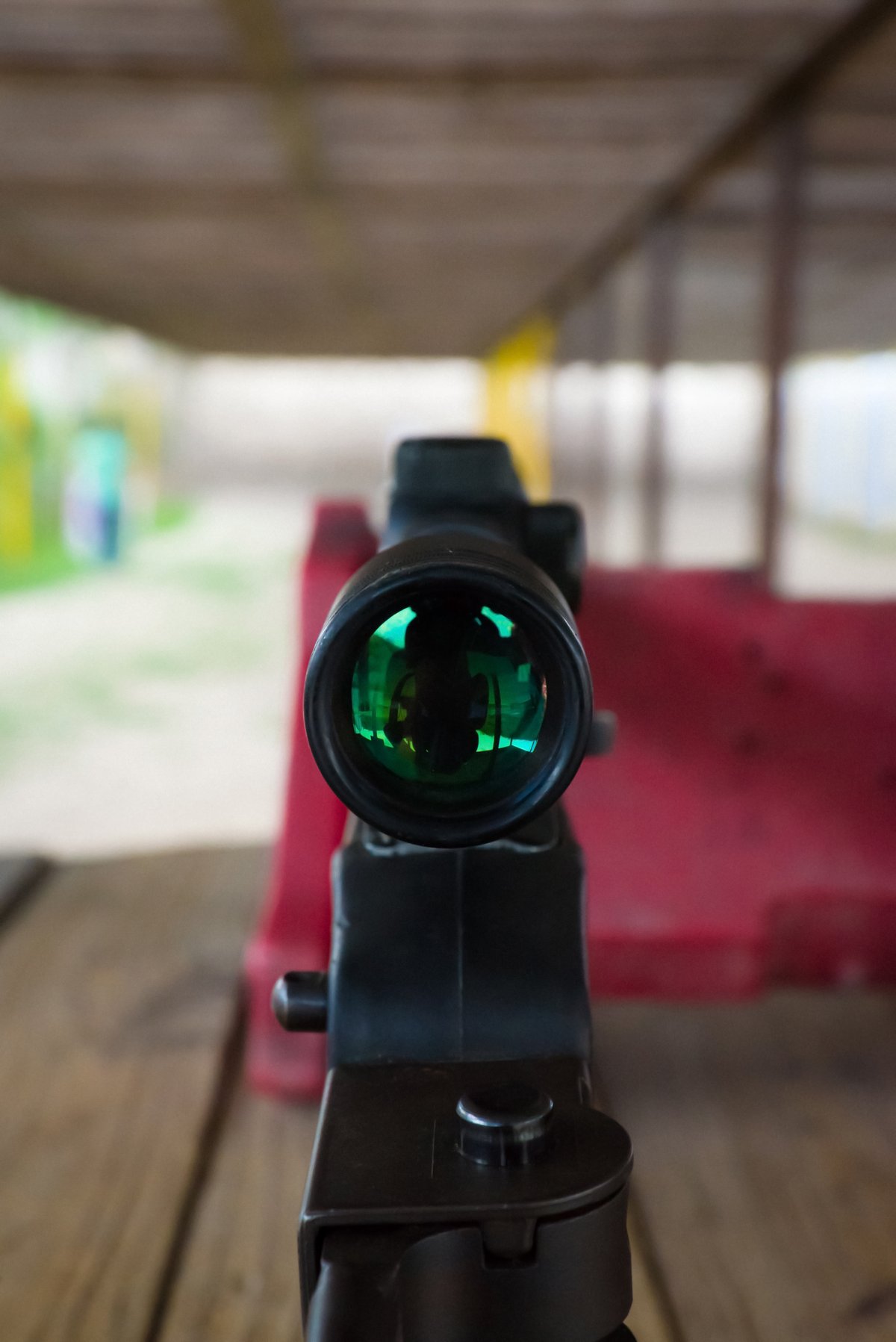
Eye Relief
Eye relief is the distance from the rear lens your eye requires to see a full picture. The standard eye relief is around four inches. Cheaper scopes may have an eye relief of three inches. Be cautious not to get a scope with a smaller eye relief if using a higher power rifle. The result can be the classic scope ring to the forehead.
Tube Size
Basically, tubes come in two sizes: 30mm and 1 inch. Neither size has notable benefits over the other. The key is to know your tube size so you can purchase the correct mounting rings.
All of these factors should play into your rifle scope purchase.
Understand the major components of your scope and drill down mentally to decide what you need from your scope. Take care not to purchase an overly simplistic or overly complex scope. Let’s face it, it can be easy to be persuaded by an overzealous sales clerk if you are not sure what you are looking for.About the Author


